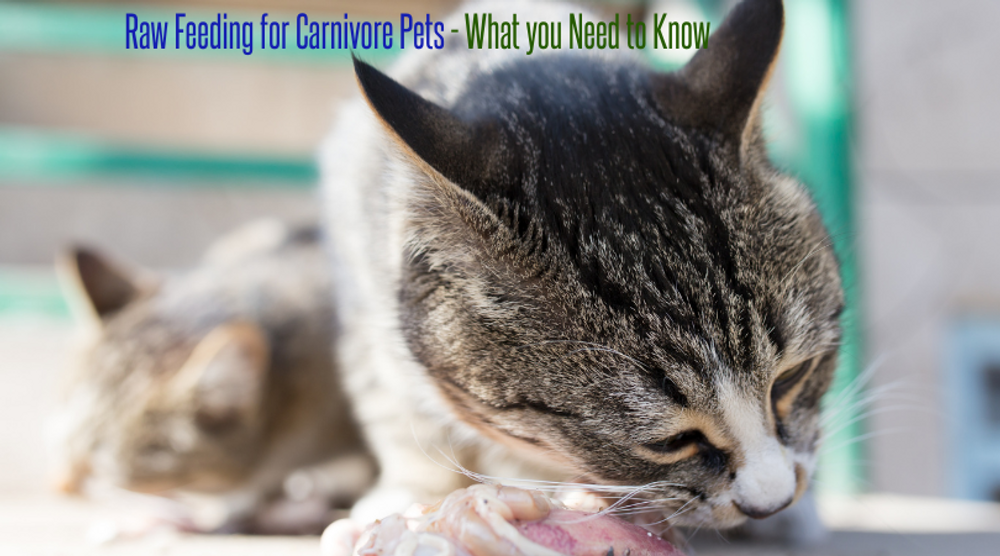Raw Feeding Carnivores - What You Really Need to Know
Posted by Jewel on Sep 11, 2025
Our Raw Feeding Mantra: Pure Carnivore - Natural Nourishment - Clean Energy -Vibrant Health
What It Means:
Pure Carnivore — Honoring their true nature with only meat, organs, and bones.
Natural Nourishment — Feeding whole, unprocessed, energetically aligned food.
Clean Energy — Fueling vitality without fillers that drag their body down.
Vibrant Health — Promoting radiant coats, strong bodies, bright minds.
Why This Matters
This mantra is more than words—it’s a guide for Pet Parents to remind us to feed from the heart, to follow nature, and to trust that clean, carnivore-centered nourishment is the path to deep wellness.
If you’re curious about raw feeding for cats or dogs here’s what we truly believe—and why it matters.
If you’re new to raw feeding cats, dogs, or even ferrets, this guide cuts through the noise so you can start confidently.
What Is a Carnivore Raw Diet?
-
Meat, organs, and bones only.
-
No starchy vegetables. No grains. Some greens, Very little fruit (like wild berries, pears apples etc), and if you include fruit, feed it separately from meat meals because they digest at different speeds.
-
The goal is to match what wild ancestors naturally ate.
Your Blueprint: Prey-Model Raw Diet (PMR)
Here’s a basic structure many raw feeders use. It mimics whole prey:
| Component | Rough Percentage |
|---|---|
| Muscle meat | ~ 80% |
| Edible raw bone | ~ 10% |
| Liver | ~ 5% |
| Other organs | ~ 5% |
Note for cats: They often do better with a little less bone—too much can cause digestive issues.
Why Skip Veggies & Grains?
-
Carnivores aren’t built to break down plant fiber well—they lack specific enzymes and their digestive tracts are shorter.
-
Plants and grains are often just filler. They can stress digestion and add work their bodies weren’t designed for.
-
Wild carnivores don’t regularly eat plant matter. They get what they need from prey.
How to Start Without Overwhelm
-
Pick your ratio using the PMR guide above.
-
Introduce raw meals gradually—mix with what your pet already eats so digestion can adjust.
-
Rotate proteins (chicken, beef, lamb, venison, elk, bison, rabbit, fish- or what you can get) so your pet gets a variety of nutrients.
-
Choose safe bones—softer, edible, non-weight-bearing bones.
- Some supplements as needed. Such as green supplements like our HighVibe Nutrients, medicinal mushrooms, powered organs, green lip muscles, fish oil. etc.
-
Pay attention to how your pet looks and feels—energy, coat, stool are great signs of how things are going.
What About Other Raw Styles?
Some people feed diets like BARF, which include veggies and fruits. We believe those additions often don’t align with natural carnivore biology. They can complicate digestion and aren’t necessary if you follow the meat-organs-bone model well.
Why This Works
-
Pets feel more alive and vibrant.
-
Digestion becomes cleaner.
-
Coat, teeth, and energy tend to improve.
-
It honors the natural, wild design of carnivore animals.
The Heart of It
Raw feeding isn’t just about food—it’s about connection. When you feed carnivore-style, you’re feeding with intention. You’re choosing a journey of deeper health, trust, and honoring the wild wisdom inside them.

